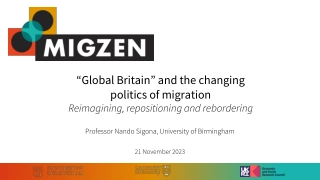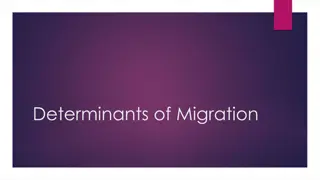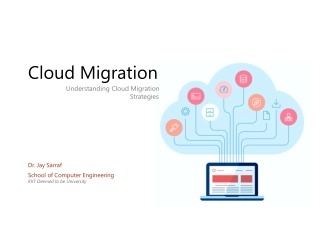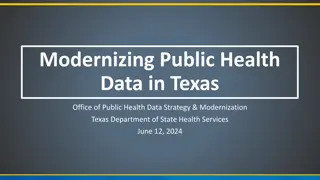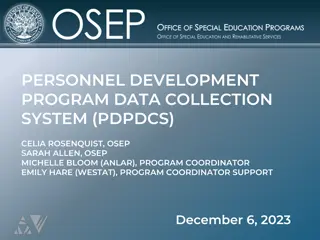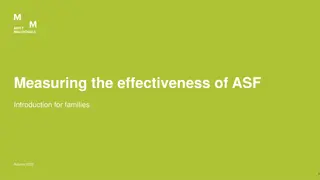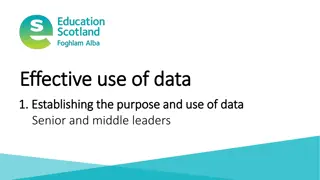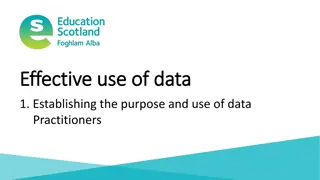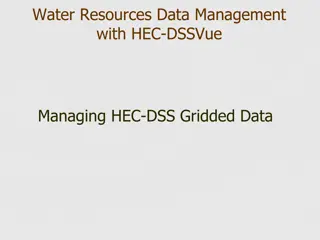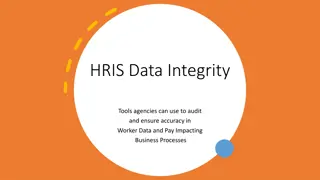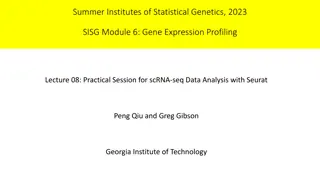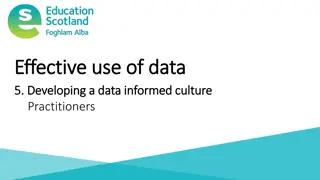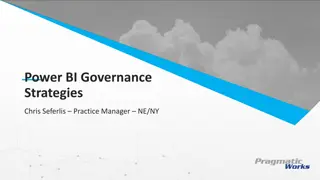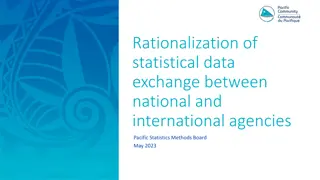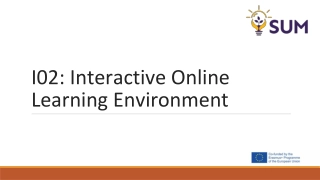Strategies for Successful Data Migration Tools
Data Migration Tool like Ask On Data play a pivotal role in this journey, offering features that streamline the process, ensure data integrity, and maintain security.
Download Presentation
Please find below an Image/Link to download the presentation.
The content on the website is provided AS IS for your information and personal use only. It may not be sold, licensed, or shared on other websites without obtaining consent from the author. Download presentation by click this link. If you encounter any issues during the download, it is possible that the publisher has removed the file from their server.
Presentation Transcript
Overcoming Challenges: Strategies for Successful Data Migration with the Right Tools Data migration is a critical yet often daunting task that organizations face, especially as they transition to new systems, update their existing infrastructure, or consolidate their data assets. Ensuring the success of a data migration project requires meticulous planning, the right strategies, and most importantly, the right tools. Here, we ll explore key strategies for successful data migration and highlight how data migration tool like Ask On Data can help streamlinethisprocess. UnderstandingDataMigrationChallenges Before diving into the strategies, it s essential to understand the common challenges that canderail datamigrationprojects: Data Quality Issues: Poor data quality can lead to incomplete or inaccurate migrations, affecting business operations. Complexity of Source and Target Systems: Different data formats, schemas, and technologies cancomplicatethemigrationprocess. Downtime and Disruption: Ensuring minimal disruption to ongoing business activitiesis crucial. Compliance and Security: Migrating sensitive data while adhering to regulatory requirementsis a must. Resource Allocation: Datamigration can be resource-intensive, requiring significant timeand effortfrom IT teams. Strategies for SuccessfulDataMigration 1. ComprehensivePlanningand Assessment A successful data migration begins with thorough planning. Assess the scope of the project, identify all data sources, and understand the complexities of both the source and target systems.Thisphaseshouldinclude: Data Inventory:Catalog all dataassetsto be migrated. StakeholderInvolvement: Engage all relevant stakeholdersto understand their requirementsand concerns. Risk Assessment: Risk assessment is the process of identifying possible risks and creatingmitigationplans. 2.Data Quality Management Ensuringhigh dataquality is paramount.Thisinvolves: Data Cleansing: Remove duplicates,correcterrors,and standardize data formats before migration.
Validation: Implement validation checks to ensure data integrity during and after the migrationprocess. 3. Choosingthe Right Tools Selecting the right tools is crucial for a seamless data migration. Ask On Data, for instance, offers a robust solution that addresses various migration challenges through its advanced features: Automated Data Mapping: Simplifies the complex process of mapping data fields betweensourceand target systems. Real-time Monitoring: Provides visibility into the migration process, allowing for real- timeadjustmentsand errorhandling. Scalability:Supportslarge-scalemigrations,ensuringthatperformanceis not compromisedeven withsubstantial datavolumes. Security Features: Ensures data encryption and compliance with industry standards, protecting sensitiveinformation. 4.PilotTesting Before executing the full-scale migration, conduct a pilot test with a subset of data. This helps identifypotentialissuesand allowsyoutorefine yourapproach.Duringthisphase: Monitor Performance: Assess the tool s performance and the accuracy of the migration. Gather Feedback: Collectinputfromend-users toensure their needs are met. 5.PhasedMigrationApproach Adopting a phased approach can reduce risks and minimize downtime. Instead of migrating everythingatonce,break the processinto manageablephases. Thisallowsfor: ContinuousImprovement:Learnfromeachphaseand apply improvementsto subsequentphases. Reduced Disruption: Mitigate the impact on business operations by migrating critical datafirstand less critical datalater. 6. Post-Migration Validation and Support After the migration, validate that all data has been accurately transferred and is functioning as expectedin thenew environment.Thisinvolves: Data Reconciliation: Compare data between source and target systems to ensure consistency. PerformanceTesting:Ensure thenew systemhandles the migrateddataefficiently. Ongoing Support:Providesupporttoaddress any post-migrationissuespromptly. Conclusion Data migration is a complex but essential task for organizations aiming to modernize their IT infrastructure and leverage new technologies. By understanding common challenges and implementing these strategies, businesses can achieve a successful migration with minimal disruption. Tools like Ask On Data play a pivotal role in this journey, offering features that streamline the process, ensure data integrity, and maintain security. With the right approach and tools, organizations can turn the challenge of data migration into an opportunity for growthand innovation.







